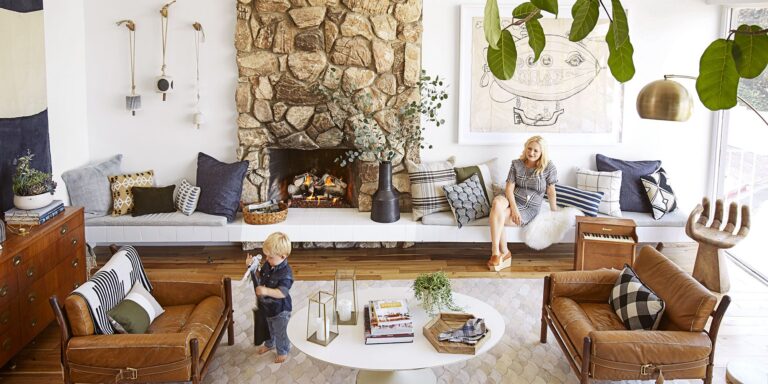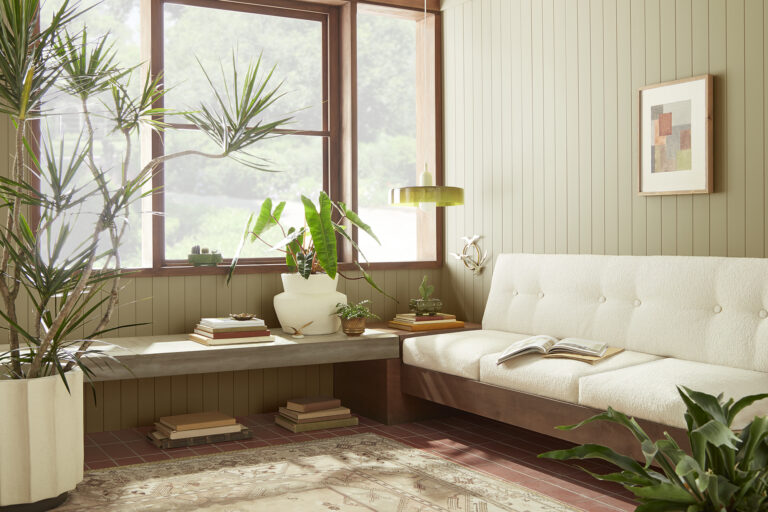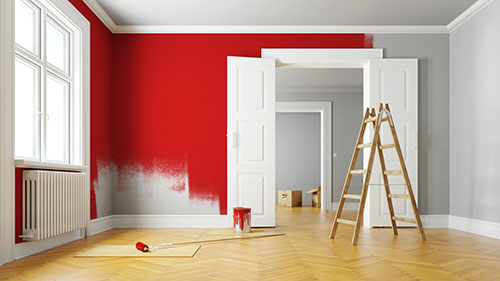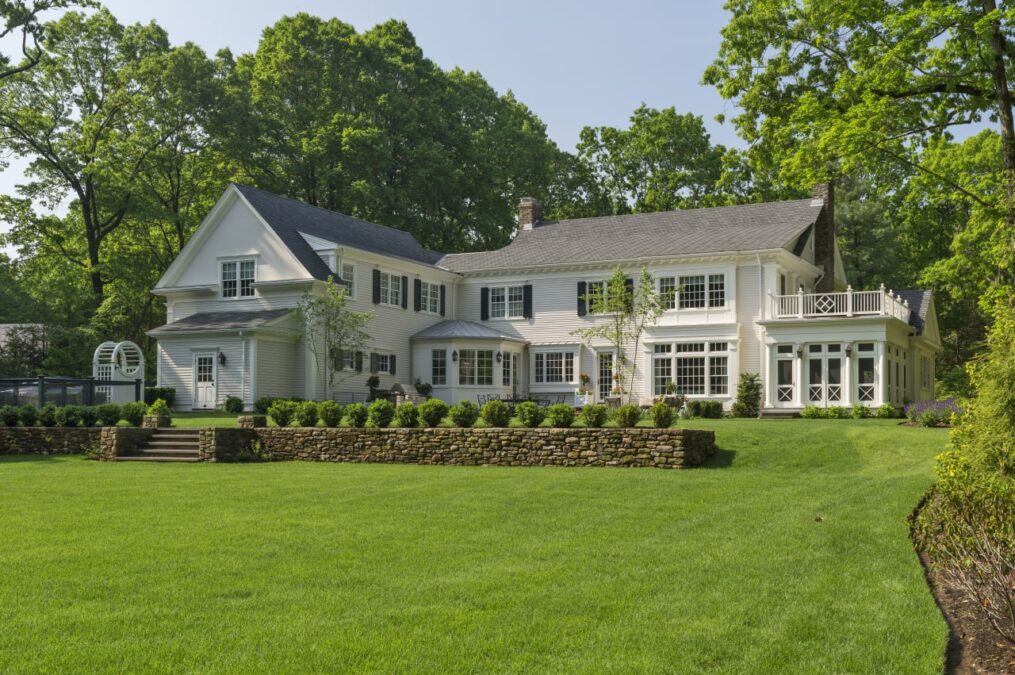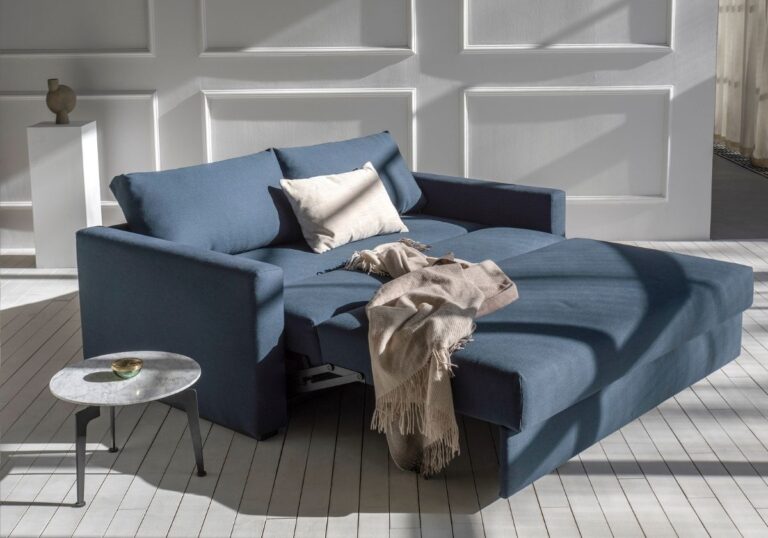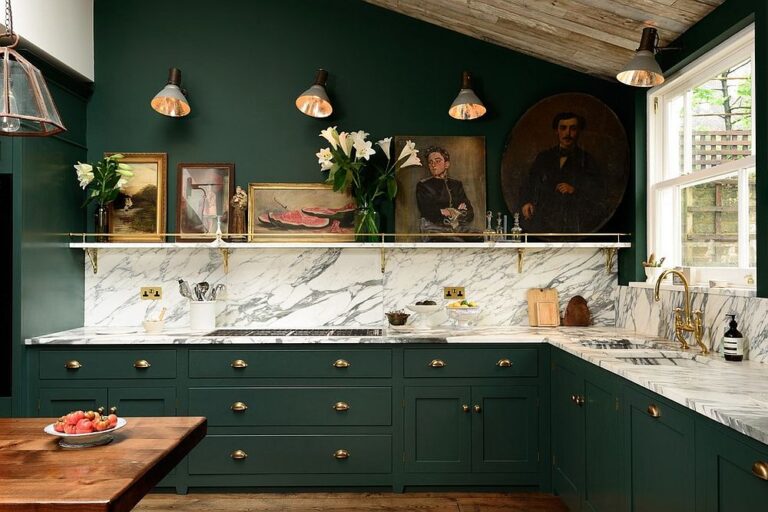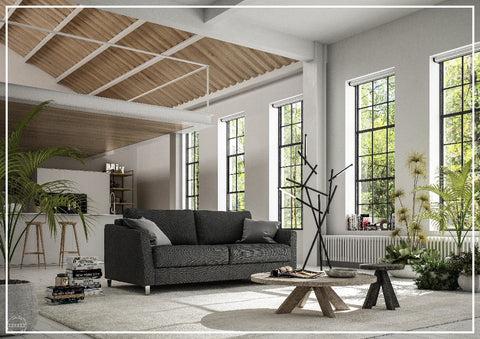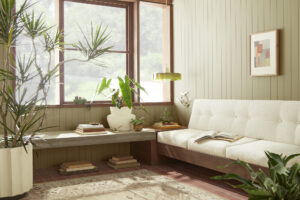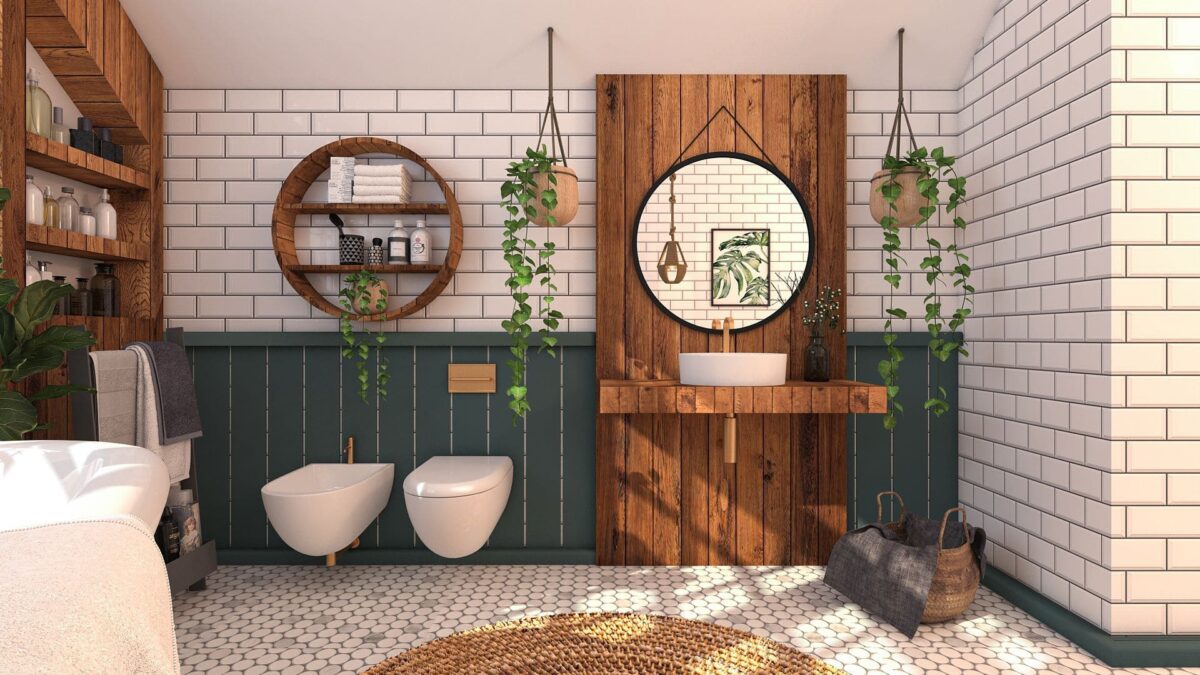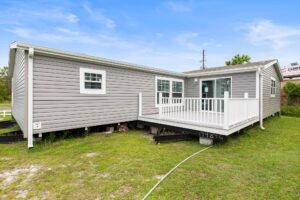As dawn broke over the sleepy town of Williamsburg, the first rays of sunlight illuminated the elegant façade of Colonial Manor, a quintessential colonial house that had stood the test of time. The morning mist danced around its symmetrical windows and white-painted shutters, whispering tales of generations past. Inside, the grand staircase welcomed visitors into a world where history and craftsmanship intertwined seamlessly. Each room held secrets of bygone eras, from the ornate crown moldings to the sturdy hardwood floors that had witnessed countless family gatherings. This colonial house was more than just bricks and mortar; it was a living testament to a heritage rich in tradition, architecture, and enduring beauty.
The Origins and Evolution of Colonial Houses
Colonial houses trace their roots back to the 17th and 18th centuries when European settlers established colonies in the Americas. These homes were primarily influenced by architectural styles from England, Spain, France, and the Netherlands, adapted to the local climate and available materials. The most prevalent styles include Georgian, Dutch Colonial, Spanish Colonial, and French Colonial.
According to the National Park Service, over 1,600 colonial-era homes are preserved as part of the United States’ national heritage sites (National Park Service, 2023). These structures offer a glimpse into the lives of early settlers, showcasing the practical and aesthetic considerations of the time.
Architectural Features of Colonial Houses
Colonial houses are characterized by their symmetry, simplicity, and functionality. Key architectural elements include:
- Symmetrical Facades: Most colonial homes feature a balanced front, often with an equal number of windows on either side of the central door.
- Central Hallways: A prominent hallway typically runs from the front to the back of the house, providing a clear and organized layout.
- Double-Hung Windows: These windows are a hallmark of colonial architecture, allowing for ample ventilation and light.
- Pitched Roofs: Steeply pitched roofs help in shedding rain and snow, a practical adaptation to various climates.
- Dormers: These are small roofed structures that project from the main roof, adding space and light to the upper floors.
- Chimneys: Large, central chimneys are common, serving as the main source of heating.
A study by the American Institute of Architects (AIA) revealed that 75% of colonial homes maintain their original architectural integrity, with many undergoing meticulous restorations to preserve their historical essence (AIA, 2023).
The Cultural and Historical Significance
Colonial houses are more than just architectural marvels; they are cultural artifacts that embody the history and values of early American society. These homes were often the centers of family life, reflecting the social hierarchies and economic conditions of their time.
During the American Revolution, many colonial houses played pivotal roles as meeting places for patriots and as hideouts for those escaping British forces. The Betsy Ross House in Philadelphia, for example, is celebrated not only for its architectural beauty but also for its association with the creation of the American flag (Historical Society, 2023).
Modern-Day Colonial Homes: Preservation and Adaptation
Today, colonial houses are cherished for their timeless appeal and sturdy construction. Preservation efforts are underway across the country to maintain these historical structures, ensuring that future generations can appreciate their beauty and significance.
The National Trust for Historic Preservation reports that over 200,000 colonial-style homes exist in the United States, many of which are listed on the National Register of Historic Places (National Trust, 2023). Preservation initiatives focus on restoring original features, using period-appropriate materials, and preventing decay through regular maintenance.
In addition to preservation, many colonial homes have been adapted to meet modern living standards. Renovations often include updating electrical systems, installing modern kitchens and bathrooms, and incorporating energy-efficient technologies while maintaining the house’s historical character.
The Real Estate Market for Colonial Houses
Colonial houses hold a significant place in the real estate market, particularly in regions with rich historical backgrounds such as the Northeast, Mid-Atlantic, and Southern United States. Their enduring popularity is driven by their classic aesthetic, solid construction, and the prestige associated with owning a piece of history.
According to Zillow, the median price for colonial-style homes in the United States is approximately $450,000, with prices varying based on location, size, and historical significance (Zillow, 2023). In historic districts, prices can soar, with some colonial homes listed for over $2 million due to their unique features and heritage value.
Moreover, the demand for colonial houses has led to a niche market for restoration specialists and heritage realtors who specialize in these properties. The National Association of Realtors (NAR) estimates that 15% of their luxury home listings are colonial-style, highlighting their continued relevance and appeal (NAR, 2023).
Sustainability and Colonial Architecture
While colonial houses are rooted in history, modern preservation efforts increasingly emphasize sustainability. Incorporating eco-friendly practices into the restoration and maintenance of colonial homes ensures that these structures remain viable and environmentally responsible.
Common sustainable practices include:
- Energy-Efficient Windows: Replacing original glass with double-pane, energy-efficient windows helps reduce heat loss while maintaining the house’s historical appearance.
- Solar Panels: Installing solar panels on pitched roofs can provide renewable energy without compromising the home’s aesthetic.
- Sustainable Materials: Using reclaimed wood, natural paints, and other sustainable materials in restorations minimizes environmental impact.
- Insulation Upgrades: Enhancing insulation in walls and attics improves energy efficiency and comfort.
The U.S. Green Building Council (USGBC) recognizes the importance of sustainable restoration in their LEED for Homes certification, encouraging the integration of green practices in historic home preservation (USGBC, 2023).
Challenges in Preserving Colonial Houses
Preserving colonial houses comes with its own set of challenges. The age of these structures often means dealing with wear and tear, outdated building codes, and the high costs associated with restoration.
- Structural Integrity: Maintaining the structural integrity of older homes requires specialized knowledge and craftsmanship, particularly in repairing or replacing foundational elements without altering the original design.
- Regulatory Compliance: Historic homes must comply with local preservation laws and guidelines, which can limit the scope of renovations and necessitate approvals from historical boards.
- Financial Constraints: Restoration and maintenance can be expensive, with costs often exceeding those of modern home upkeep. Grants, tax incentives, and funding from preservation societies are crucial in mitigating these expenses.
- Finding Skilled Labor: The craftsmanship required for authentic restorations is specialized, and finding skilled laborers who can work with traditional materials and techniques can be challenging.
Despite these hurdles, the cultural and historical rewards of preserving colonial houses make the effort worthwhile for many homeowners and communities.
Technological Innovations in Colonial Home Preservation
Advancements in technology have revolutionized the preservation and restoration of colonial houses. Tools such as 3D scanning, laser measurement, and digital modeling enable precise documentation and planning of restoration projects.
- 3D Scanning: This technology allows for detailed mapping of a home’s existing structure, facilitating accurate restorations and repairs.
- Digital Modeling: Architects and preservationists use digital models to visualize restoration outcomes, ensuring that changes align with historical accuracy.
- Building Information Modeling (BIM): BIM integrates data from various sources to manage the entire lifecycle of a colonial house, from design and construction to maintenance and restoration.
- Smart Home Integration: Incorporating smart technologies into colonial homes, such as automated lighting and climate control, enhances modern living without detracting from the home’s historical character.
The Historic American Buildings Survey (HABS) leverages these technologies to document and preserve colonial houses, providing valuable resources for future preservation efforts (HABS, 2023).
The Future of Colonial Houses
The future of colonial houses lies in balancing preservation with modern living. As interest in historical architecture continues to grow, so does the need for innovative preservation techniques and sustainable practices. Educational programs and apprenticeships in historic preservation ensure that the skills required to maintain these homes are passed down to future generations.
Furthermore, the integration of technology and sustainability will play a crucial role in the ongoing relevance of colonial houses. By embracing green practices and smart technologies, colonial homes can remain comfortable, efficient, and attractive to contemporary homeowners while preserving their historical essence.
Conclusion
Colonial houses are enduring symbols of America’s architectural heritage, embodying the craftsmanship, symmetry, and elegance of a bygone era. From their origins in the colonial period to their modern-day restorations, these homes continue to captivate with their timeless beauty and cultural significance. As we look to the future, the preservation and adaptation of colonial houses will ensure that they remain cherished landmarks, offering a tangible connection to our past while embracing the innovations of tomorrow.


